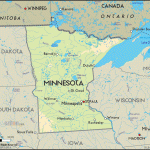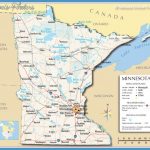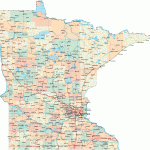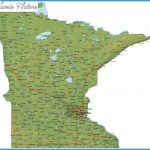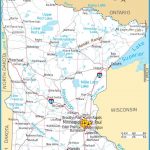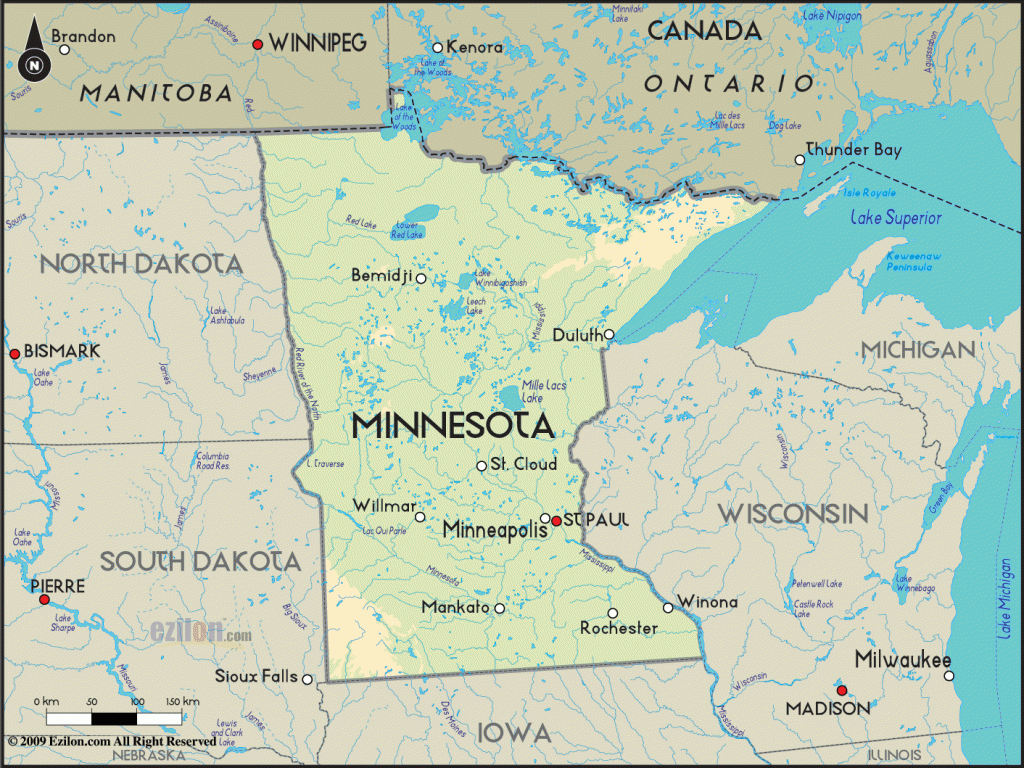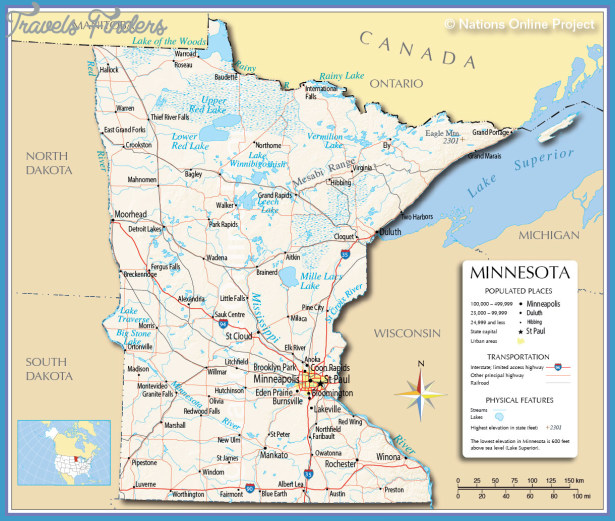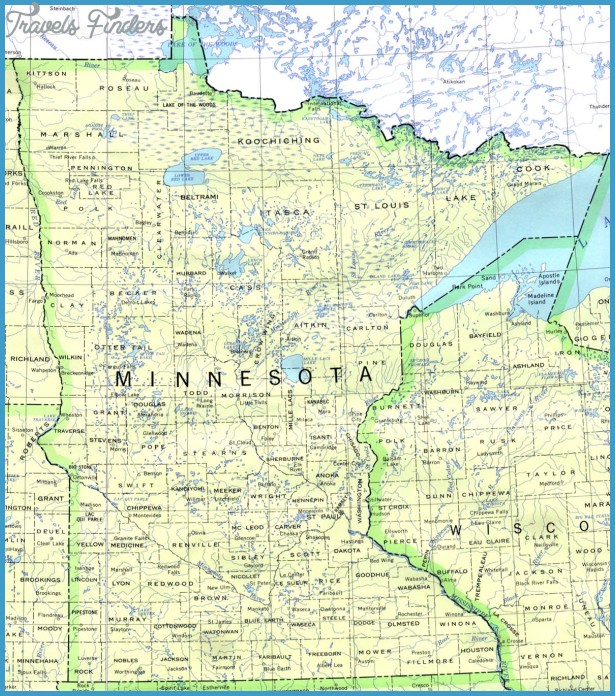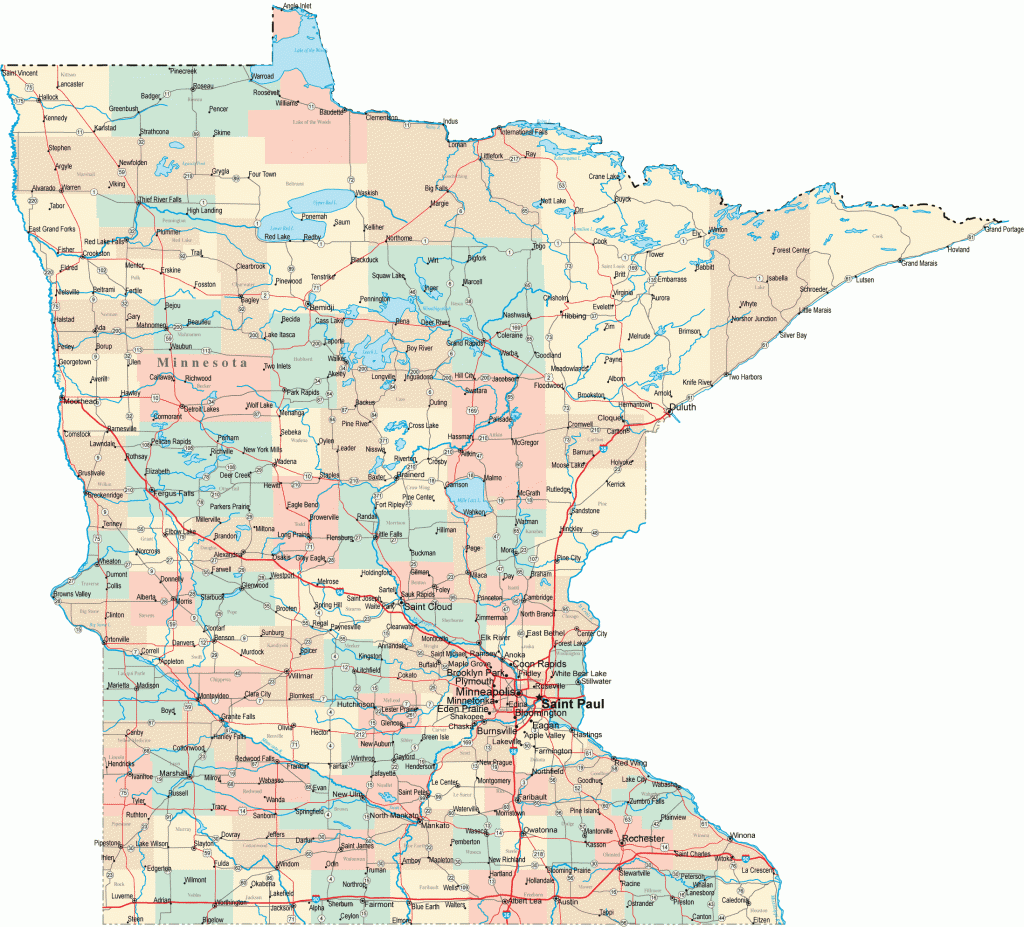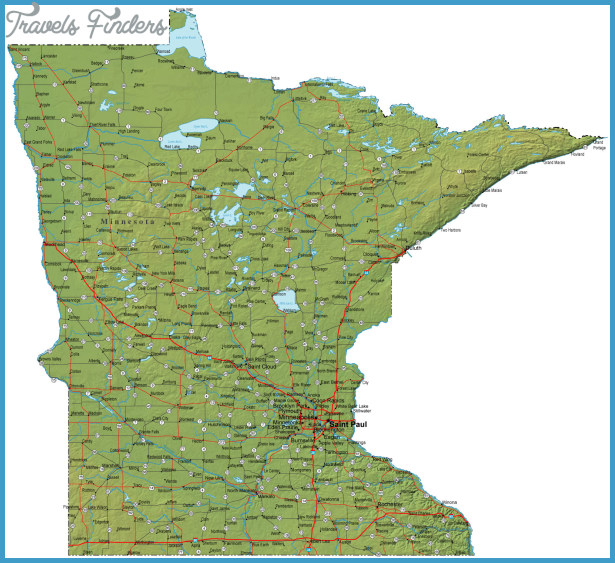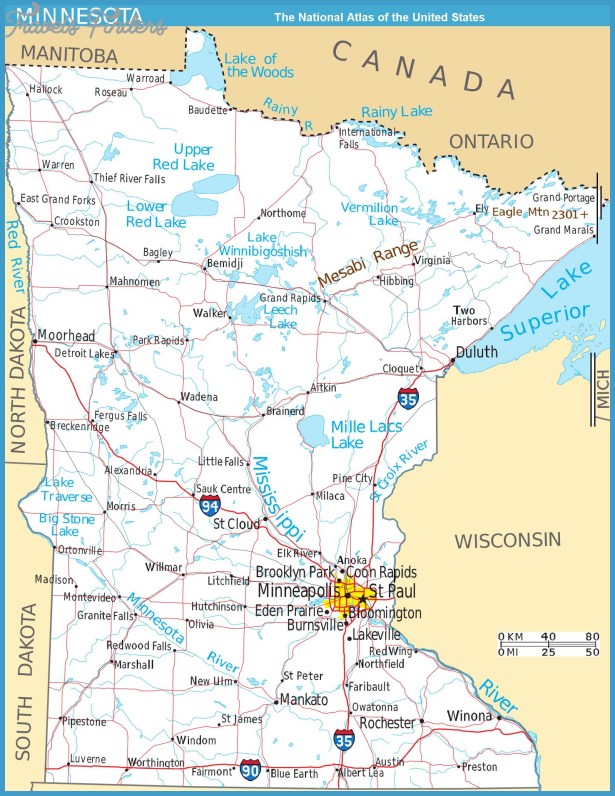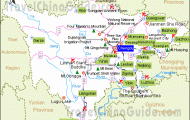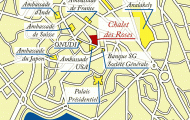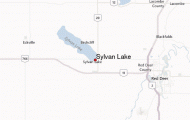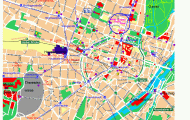BEST AREAS FOR WILDERNESS CAMPING
SUPERIOR NATIONAL FOREST
Stretching for 150 miles along the U.S.-Canadian border, in northeastern Minnesota, Superior National Forest is considered to offer some of the finest canoeing territory in this countrywith over 2,000 lakes, countless rivers and streams, and wetlands.
There are also bluffs, ledges, rocky ridges, and small mountains, including 2,301-foot Eagle Mountain, highest point in Minnesota. Forests are of pine, spruce, and fir. Moose, bear, white-tailed deer, timber wolf, and fox are among the wildlife.
This National Forest has an enormous designated wilderness area: the 1,000,000-acre Boundary Waters Canoe Area Wilderness, one of the most visited wilderness areas in the United States.
Activities: Canoeing is the premier activity here, with an almost endless variety of options on the huge number of lakes, rivers and streams. Canoes may be rented nearby, and many outfitters in the area offer organized trips.
Backpacking and hiking are also possible on over 300 miles of trails. Included are the 40-mile Kekekabic Trail, the 38-mile Border Route Trail, and the 55-mile Powwow Trail, which forms a series of loops through part of the Canoe Area Wilderness. Some trails are used for cross-country skiing in winter. Fishing is available, and hunting is permitted in season.
Camping Regulations: Camping is allowed throughout most of the National Forest, as are campfires, except where otherwise prohibited. There are many established sites and lean-tos, but outside of the wilderness area camping is permitted elsewhere as well. Sites should be at least 100 feet from trails and lakes.
A permit is required for camping in the Boundary Waters Canoe Area Wilderness from May 1 through September 30 each year. Reservations for permits are available and advisable, and may be made by mail or phone (218-720-5440). Quotas are in effect, and demand is high. A small reservation fee is charged. The permit must be picked up in person at a forest service office.
There are almost 2,200 designated sites in the wilderness area. Except for some of the more remote portions, camping in this part of the National Forest is generally restricted to established sites. Suggested group size is six, and the limit is 10. Cans and bottles are not allowed in the wilderness area.
For Further Information: Superior National Forest, 515 West 1st Street, P.O. Box 338, Duluth, MN 55801; (218)720-5324.

